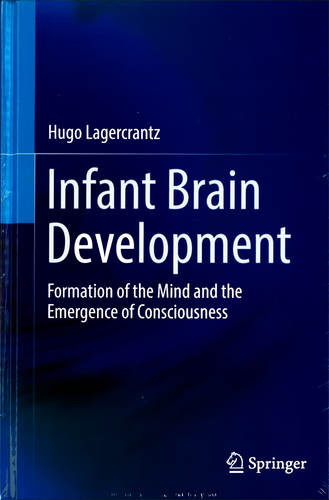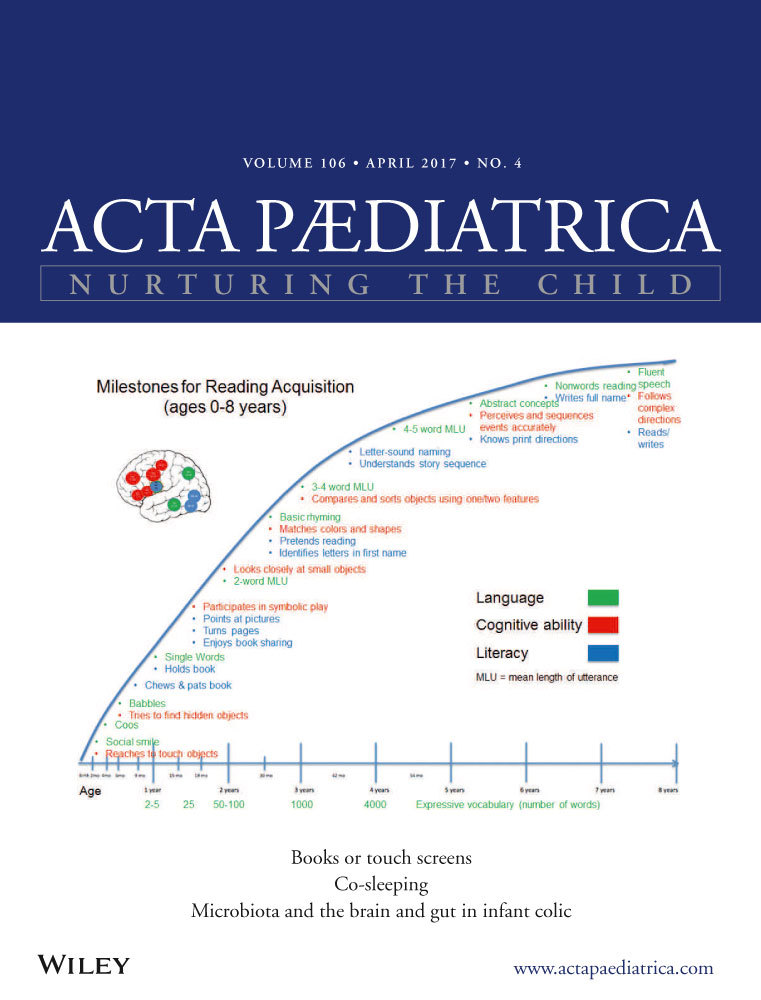Infant Brain Development: Formation of the Mind and the Emergence of Consciousness. By . Springer, 156 pages.
Is a 23-week gestation infant fully conscious and able to experience and remember pain? The emergence of consciousness raises important questions for neonatologists and surgeons, for obstetrician/gynaecologists contemplating termination or foetocide and for ethicists and policymakers on withholding or withdrawing life support.
This book introduces the reader to the neuroscience of the developing brain in a way that is accessible to clinicians. We are first taken through the physical development of the nervous system, migration, synaptogenesis, nerve growth, myelination, neurotransmission and the connections necessary for the initiation of movement and sensation. These are all thoroughly researched and accepted topics, but the author then moves on to more abstract concepts. ‘Consciousness is characterised by access to one's autobiography and mental time, self-description and self-agency’. ‘Whenever we become conscious about something, it can be retained in the working memory. It can then be processed in the Global Neuronal Workspace, a number of long neurons interconnecting associative brain areas like the prefrontal, dorsal, parietal and anterior temporal cortex and the anterior cingulate gyrus. In this way, the impression from any sense organ, such as a familiar face, a taste or smell, can be associated with new and old memories and give rise to a conscious experience'.
Infants cannot tell us what is in their minds, but functional magnetic resonance imaging (fMRI) can reveal localised activity in relation to different mental states and activities.
Functional magnetic resonance imaging has shown resting state activity in the brain when no particular task is being undertaken. Resting state networks involving the visual, sensorimotor and auditory cortex, the basal ganglia and limited parts of the parietal and prefrontal cortex have been demonstrated in newborn infants at term, but in preterm infants the basal ganglia were not active. In adults, more frontal and parietal areas were actively connected and these areas are thought to be involved in memory and planning. These findings are consistent with the newborn infant being conscious of what is going on at a specific moment in time but being less good at placing these perceptions in the context of memory or using them to plan future actions. Memory is demonstrated by the ability of newborn infants to react selectively to speech phonemes and music they have heard during foetal life. Infants rapidly learn to distinguish mother's smell from others, can habituate to repeated sounds and can imitate facial grimaces, all indications of developing memory.
From about 6 weeks, increasing social awareness memory is demonstrated by smiling and other specific interactions between infant and carer.
Does the foetus feel pain? The author makes the crucial point that pain is always a subjective sensation, whereas nociception evokes reflex responses such as withdrawal to protect and even facial grimace. Awareness of pain is thought to be located in the cingulate cortex. FMRI shows the areas activated by painful stimuli are similar in adults as in term infants. It is argued that thalamo-cortical connections are essential for consciousness and because of this, infants of <25 weeks are probably not conscious. Preterm infants typically are subjected to repeated painful procedures in intensive care and there is evidence of short-term and long-term adverse effects. Does a 23- or 24-week infant who, during blood taking, tries to cry, grimaces, becomes tense and extended, with erratic breathing, raised heart rate and blood pressure, not experience pain?
This short book was a pleasure to read from cover to cover and is written in a first person, conversational style with many anecdotes about the lives of key neuroscientists and the personal involvement of the author in much of the research. Crucially, extensive referencing enables the reader to go much deeper into briefly covered, but complex, subjects. Highly recommended.





